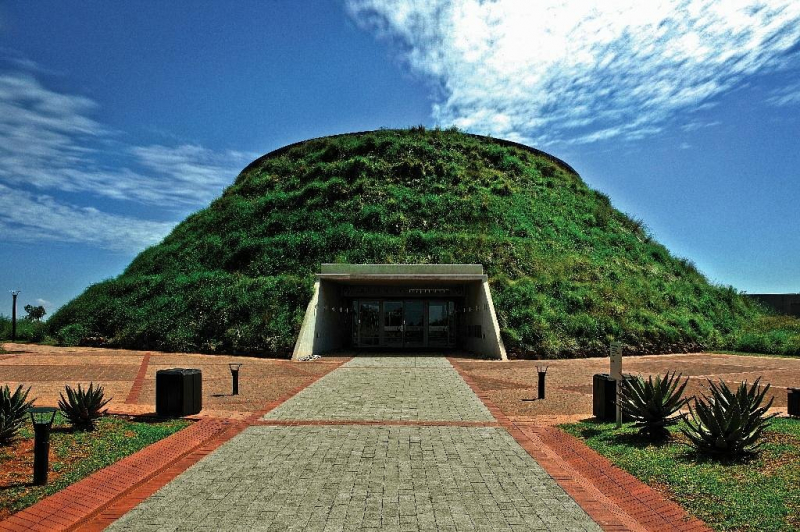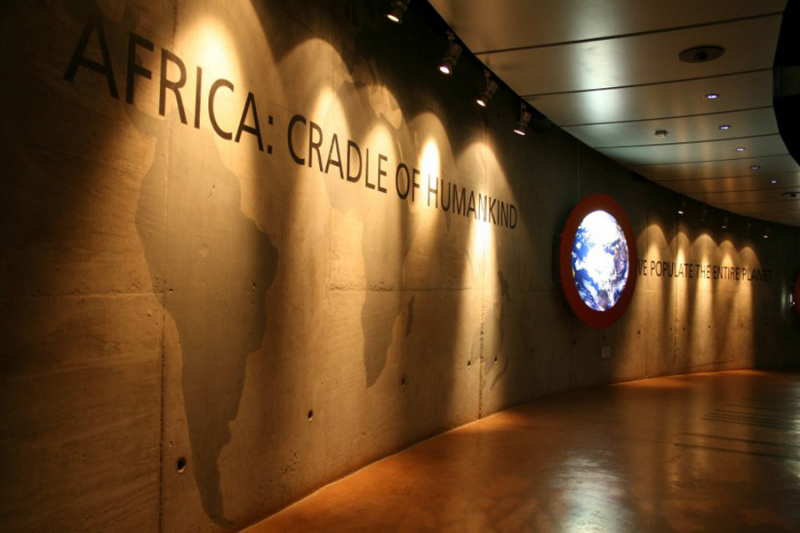Cradle of Humankind
The Cradle of Humankind is a region in South Africa where many early human fossils, artifacts, and other remains have been discovered. These traces include important information about human evolution. The location is known as the Cradle of Humankind because it gave birth to some of modern humans' progenitors. The earliest evidence stretches back at least three million years. In 1999, the Cradle of Humankind was designated a UNESCO World Heritage Site. It is one of eight World Heritage sites, the most beautiful historical sites in South Africa.
The site's official name on the World Heritage List is Fossil Hominid Sites of South Africa. According to the South African Journal of Science, the first primate was discovered at Bolt's Farm. In the late nineteenth and early twentieth century, Bolt's Farm was widely mined for speleothem (calcium carbonate from stalagmites, stalactites, and flowstones).
The Sterkfontein Caves were the scene of the 1947 discovery of a 2.3-million-year-old fossil Australopithecus africanus (nicknamed "Mrs. Ples") by Robert Broom and John T. Robinson. The finding served to validate Raymond Dart's 1924 discovery of the juvenile Australopithecus africanus skull known as the "Taung Child" at Taung in South Africa's North West Province, where digs are currently ongoing.
Location: Maropeng









